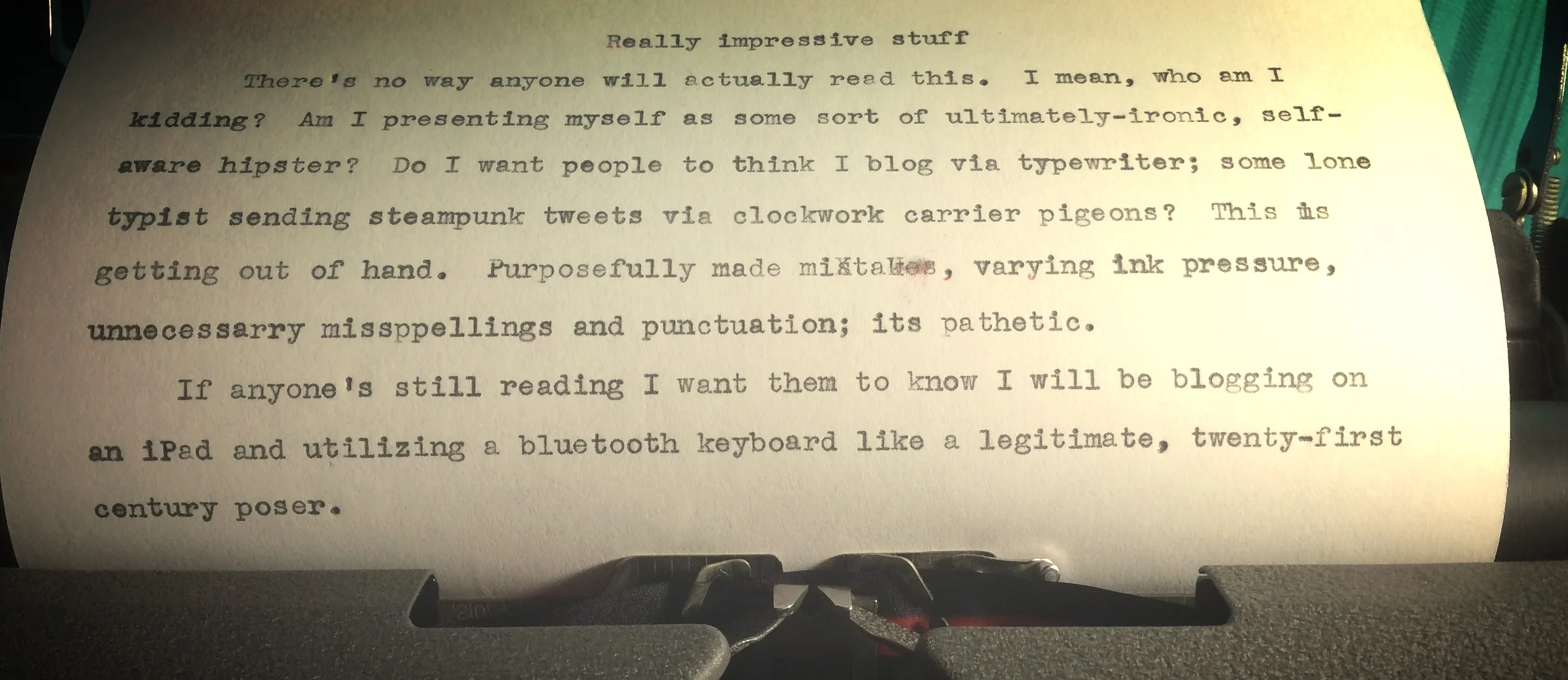When I started this site I gave myself an unofficial schedule: one blog post (at least) a week. For most people this would probably be a laughably simple goal to achieve. Now I'm not going to give you a list of excuses as to why a weekly blog is so difficult for me to maintain in order to gain sympathy. That said, here comes a list of excuses.
Long ago I had a short-term freelance gig at IGN. I was immeasurably grateful for the opportunity, so upon receiving my first check I totally flaked. Besides working a full-time job as an assistant manager at EB Games and taking a full course-load at VCU I simply had a really hard time coming up with ideas for new articles. My eight pieces were submitted during the Summer of 2005; right before the Xbox 360 came out. I was to write editorials speculating on what the next generation of consoles would be able to do and how their increased rendering and processing capabilities would affect new games. It was a subject I was, perhaps overly, interested in; so the first few thousand words flowed easily from mind to screen. After writing rundowns of the Nintendo Wii, Sony Playstation 3, and Xbox 360 (the only system I had actually played at the time) I got stuck.
A very patient editor (Brennan Ieyoub) chatted with me online for a bit and suggested doing a piece about a new GameBoy. The Nintendo DS was already out and all signs pointed to that device being the only handheld the company would be making for quite some time. I knew this, but I was desperate and wrote 1500 words of unfettered madness about a theoretical chimera of screens and buttons that no thinking person could have taken seriously. I had fun with the idea, but it seemed way too early for me to be grasping at straws for content.
This time Brennan saw me coming and suggested writing articles that were genre-specific (RPGs, Shooters, Racing, etc.). That worked for the next few submissions, but my schedule and life in general merged with the feeling that I was veering away from my area of expertise resulting in missed deadlines and the fear that I was actively burning the one bridge I had wanted to cross since middle school. See, I had gotten this dream gig with IGN based on a series of game reviews I had written for GamePlasma.com and analyzing games I played was (and sometimes still is) a passion of mine; but speculation is a different beast. I learned then that I really needed a lot of direction when writing something that wasn't a research paper or my own original fiction.
Still with me?
Now it's nearly eleven years later and I'm trying something new. Though I'm working on several pieces of fiction, those aren't ready to be posted online yet. I wanted to do something to show potential clients/employers that I can stick to a rough schedule for submissions, I just wasn't sure what to write about. I tried doing game reviews again a couple years ago thanks to a push from Wilbur Johnson (TheStrongestThereIs.com) and really enjoyed it; but when I have to procure the software myself and beat every game I review on the standard difficulty, the time and money required really add up. I'd love to do reviews again, but without a paycheck I can't justify the time required to do them the way I want to.































